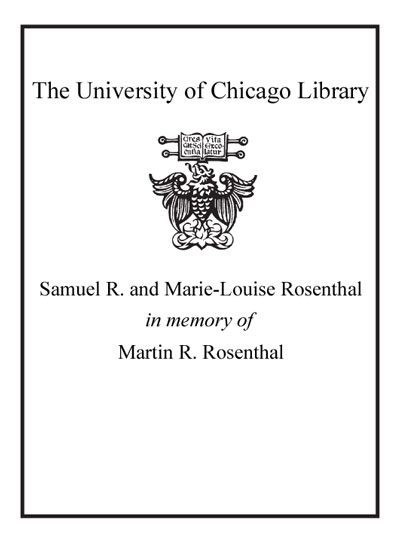Review by Choice Review
Anthropologist Howey's account maps the archaeological landscape of aboriginal lower Michigan to the myths and Midewiwin ceremonials of Anishinaabeg communities. In ancient times, these communities built, modified, renewed, and maintained elaborate structures and monuments that represented their connections to and identities with tribal territories. Located in the interior of a risk-prone region in the midst of socioeconomic change and intensification, the rituals at these monumental places enhanced intra- and intergroup affiliation, as well as acting as symbols of corporate claim to place. The layout of some sites suggests to Howey (Univ. of New Hampshire) that their spatial organization is a physical account of the origin and delivery of the Midewiwin ceremonial to the Anishinaabeg people. A rigorous analysis of the geographical/spatial relations among archaeological sites reveals a regional, indigenous ritual landscape extending across the lower peninsula of Michigan. Howey concludes that it is important to develop new understandings of the complexities of indigenous cultures, whose true histories are far more exciting than those inaccurate views that present a bland, static, pre-Columbian past. Summing Up: Recommended. Upper-division undergraduates and above. S. R. Martin Michigan Technological University
Copyright American Library Association, used with permission.
Review by Choice Review

